When we gaze into the starry night what we see is an echo of a distant time. Science tells us that this echo is a remnant, a far reminder from an ancient past, of the beginning of everything. The language of science calls this distant event the Big Bang. The term is descriptive enough, but hardly evocative of the sheer, overwhelming majesty of the event. If we really wish to taste the magic we need to turn to myth. In the beginning…
In the beginning there was a dark, seething, heaving void: an ocean of chaos, full of potential. This dark ocean filled all of space, and all things that were to come drifted in its depths, as yet unrealised and unborn. There were no stars as there are now, for even light had not yet been created. There was only the idea of a light yet to come. But there was life, even before life existed, for just the thought of life is also a form of life, for thought is the potential form of something which exists before that thing is created. This dark ocean was in motion, writhing with the momentous event to come. In its depths a creative seed was growing, growing: the cosmic egg out of which the universe would be born.
With the breaking open of the cosmic egg light and life welled forth, unimaginable in its intensity, in its raw power. All of space vibrated with a new knowing: a knowing that was an awareness of its own existence. This Awareness could create its own form, and the form which it created was a new darkness: a darkness that was other than the darkness which had gone before. This darkness was a wise darkness, a darkness which was aware that darkness is a gift, a necessary part of a light to come: something which light needed to define itself by. This darkness was a new chaos, for without chaos it knew that there could be no cosmos, no dance of magic to bring forth new awareness. This new creative chaos was called Sophia.
How things began fascinates us: we find this story of the birth of the universe in many cultures. To the Ancient Egyptians this primal ocean was known as Nun. The Babylonians knew her as Tiamat – and it was a ‘her’, because to the ancients this ocean was female, for the dark ocean was the cosmic womb out of which all was born. It was full of potential, because it already contained everything that would be created in potential form: the templates for everything that would flow forth from its depths. So while this ocean was (to use the Biblical phrase) ‘without form’, it was a void, yes, but not a ‘void’ in the sense of being empty. In Norse mythology this void is known as Ginnungagap, whose meaning, when translated, brings us close to what is truly being expressed: a magical space, full of creative power.
The power and magic of myth lies in more than its language and vivid imagery. It also lies in the fact that a myth goes on being true. The birth of our universe is also the birth of each individual soul, and our own trials and experiences are reflected in those experienced by Sophia, with light and darkness, chaos and cosmos, weaving their eternal dance through all of time.
‘So the darkness shall be the light, and the stillness the dancing.’
~ T.S. Eliot, from ‘Four Quartets’.



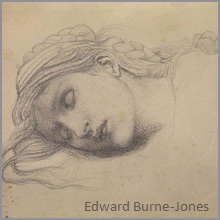
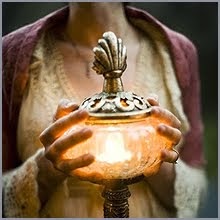
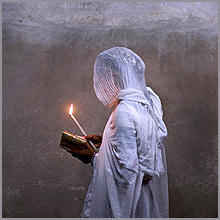
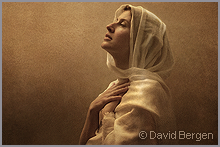
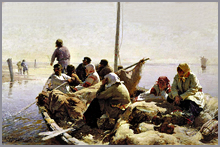
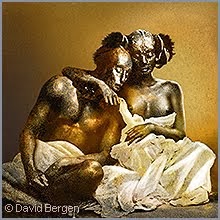


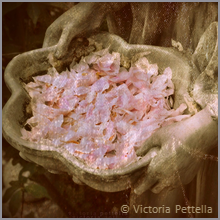
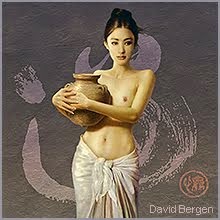
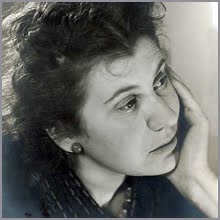
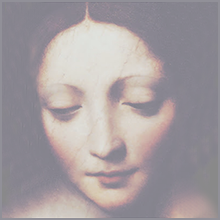
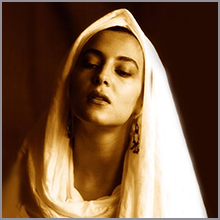
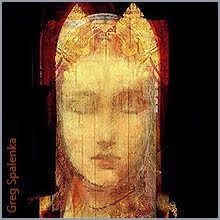
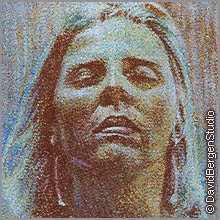


.png)








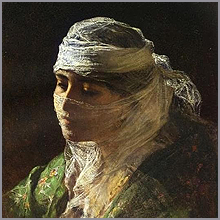
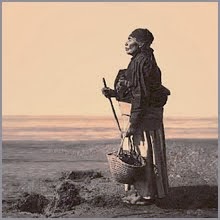

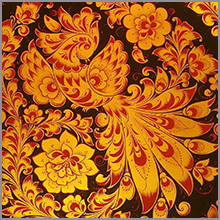

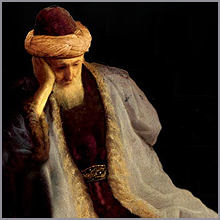
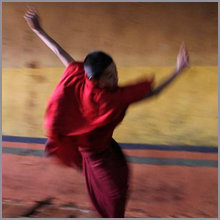




Thank you Emma for this truly interesting blog! Humans are deeply fascinated by beginnings. We wish to know where we came from and where we are going. Many beginnings are shrouded in mystery including the stories and myths surrounding creation. Some myths express a hidden element of truth, not that these myth in some way are true, but that these myths seem to point to a greater reality, something truth they are trying to reveal to us. Within the cycles of creation and dissolution, birth and death, the Cosmic Dance, is that which has no beginning and has no end. When we discover this, we discover who we truly are.
ReplyDeleteJoseph, yes - we want to know why things are the way they are, and also how they got to be that way. The various myths which attempt to describe and explain these things tend to have a common thread because, as you say, they contain that 'hidden element of truth' which is the greater reality behind all things. The idea of the cosmic dance expresses these great cycles of time and of creation and a return to the void, the inhaling and exhaling of universes, but it is the stillness at the centre - to quote T.S. Eliot again: 'the still point of the turning world' - around which everything dances, which contains the ultimate awareness.
ReplyDelete